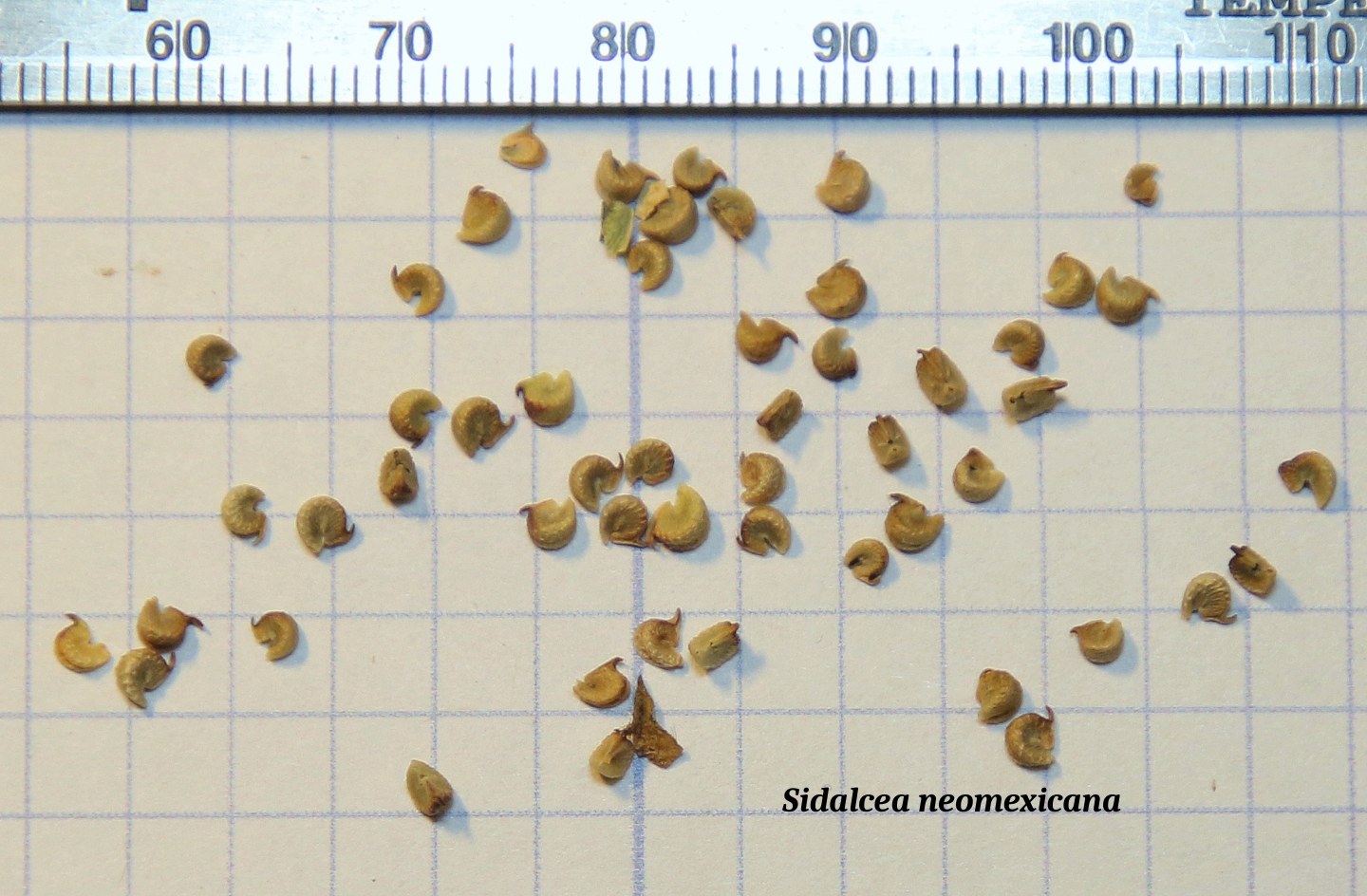Sidalcea neomexicana on:
[Wikipedia]
[Google]
[Amazon]
''Sidalcea neomexicana'' is a species of flowering plant in the

USDA Plants Profile for ''Sidalcea neomexicana'' (salt spring checkerbloom)''Sidalcea neomexicana'' - UC Photos gallery
{{Taxonbar, from=Q7507988 neomexicana Flora of the Northwestern United States Flora of the Southwestern United States Flora of Northeastern Mexico Flora of Northwestern Mexico Flora of California Flora of Baja California Flora of Nebraska Flora of New Mexico Flora of Texas Flora of the California desert regions Natural history of the California chaparral and woodlands Natural history of the Mojave Desert Natural history of the Peninsular Ranges Natural history of the Santa Monica Mountains Natural history of the Transverse Ranges Flora without expected TNC conservation status
mallow family
Malvaceae, or the mallows, is a family of flowering plants estimated to contain 244 genera with 4225 known species. Well-known members of economic importance include okra, cotton, cacao and durian. There are also some genera containing familiar o ...
known by the common names salt spring checkerbloom, Rocky Mountain checker-mallow, and New Mexico checker.
Description
''Sidalcea neomexicana'' is a perennial herb growing from a cluster of fleshy roots, the mostly hairless stem growing 20 to 90 centimeters tall. The fleshy leaves are sometimes divided shallowly to deeply into lobes. Theinflorescence
An inflorescence is a group or cluster of flowers arranged on a stem that is composed of a main branch or a complicated arrangement of branches. Morphologically, it is the modified part of the shoot of seed plants where flowers are formed ...
is a loose cluster of flowers with pink petals up to 2 centimeters long.

Distribution and habitat
The plant is native to theWestern United States
The Western United States (also called the American West, the Far West, and the West) is the region comprising the westernmost states of the United States. As American settlement in the U.S. expanded westward, the meaning of the term ''the Wes ...
and northern Mexico
Mexico ( Spanish: México), officially the United Mexican States, is a country in the southern portion of North America. It is bordered to the north by the United States; to the south and west by the Pacific Ocean; to the southeast by Guate ...
. It can be found in a diverse number of habitat types, including chaparral
Chaparral ( ) is a shrubland plant community and geographical feature found primarily in the U.S. state of California, in southern Oregon, and in the northern portion of the Baja California Peninsula in Mexico. It is shaped by a Mediterrane ...
and coastal sage scrub
Coastal sage scrub, also known as coastal scrub, CSS, or soft chaparral, is a low scrubland plant community of the California coastal sage and chaparral subecoregion, found in coastal California and northwestern coastal Baja California. It is ...
, Yellow Pine Forest
Ponderosa pine forest is a plant association and plant community dominated by ponderosa pine and found in western North America. It is found from the Rocky Mountains to the Pacific Coast Ranges in the Western United States and Western Canada. In ...
and riparian zone
A riparian zone or riparian area is the interface between land and a river or stream. Riparian is also the proper nomenclature for one of the terrestrial biomes of the Earth. Plant habitats and communities along the river margins and banks ...
s, Creosote bush scrub Creosote bush scrub is a North American desert vegetation type (or biome) of sparsely but evenly spaced desert plants dominated by creosote bush (''Larrea tridentata'') and its associates. Its visual characterization is of widely spaced shrubs that ...
, and alkali flats
A dry lake bed, also known as a playa, is a basin or depression that formerly contained a standing surface water body, which disappears when evaporation processes exceeds recharge. If the floor of a dry lake is covered by deposits of alkaline c ...
and other salty substrates.
References
External links
USDA Plants Profile for ''Sidalcea neomexicana'' (salt spring checkerbloom)
{{Taxonbar, from=Q7507988 neomexicana Flora of the Northwestern United States Flora of the Southwestern United States Flora of Northeastern Mexico Flora of Northwestern Mexico Flora of California Flora of Baja California Flora of Nebraska Flora of New Mexico Flora of Texas Flora of the California desert regions Natural history of the California chaparral and woodlands Natural history of the Mojave Desert Natural history of the Peninsular Ranges Natural history of the Santa Monica Mountains Natural history of the Transverse Ranges Flora without expected TNC conservation status